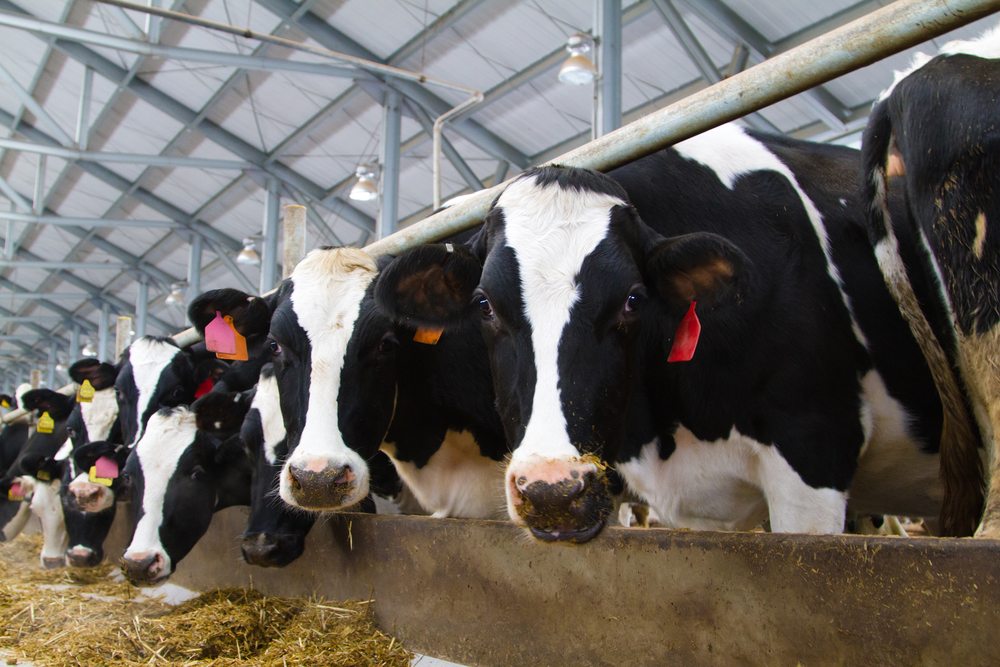
While livestock production does contribute to emission levels, the fact that California is a global leader in production efficiency and sustainability can sometimes be lost in the conversation about animal agriculture. Inefficiencies in dairy production in the global market are frequently highlighted when promoting diets that do not include animal products.
“What happens is that those people who have a beef with livestock, so to say, they use global numbers to convince people here in California and the U.S. to forgo the consumption of milk, meat, eggs and so forth,” said Dr. Frank Mitloehner, Professor and Air Quality Specialist in the Department of Animal Science at the University of California, Davis.
California producers have implemented new techniques and technologies over the years to achieve the best production levels with the least amount of emissions. “Here in California we produce about 23 to 25 thousand pounds of milk per cow per year,” Mitloehner noted. “It takes five cows in Mexico to produce the same amount of milk as one cow in California. It takes 20 cows in India to produce the same amount of milk as one cow in California. These differences in performance of these animals is directly related to the environmental footprint.”
Sponsored Content










